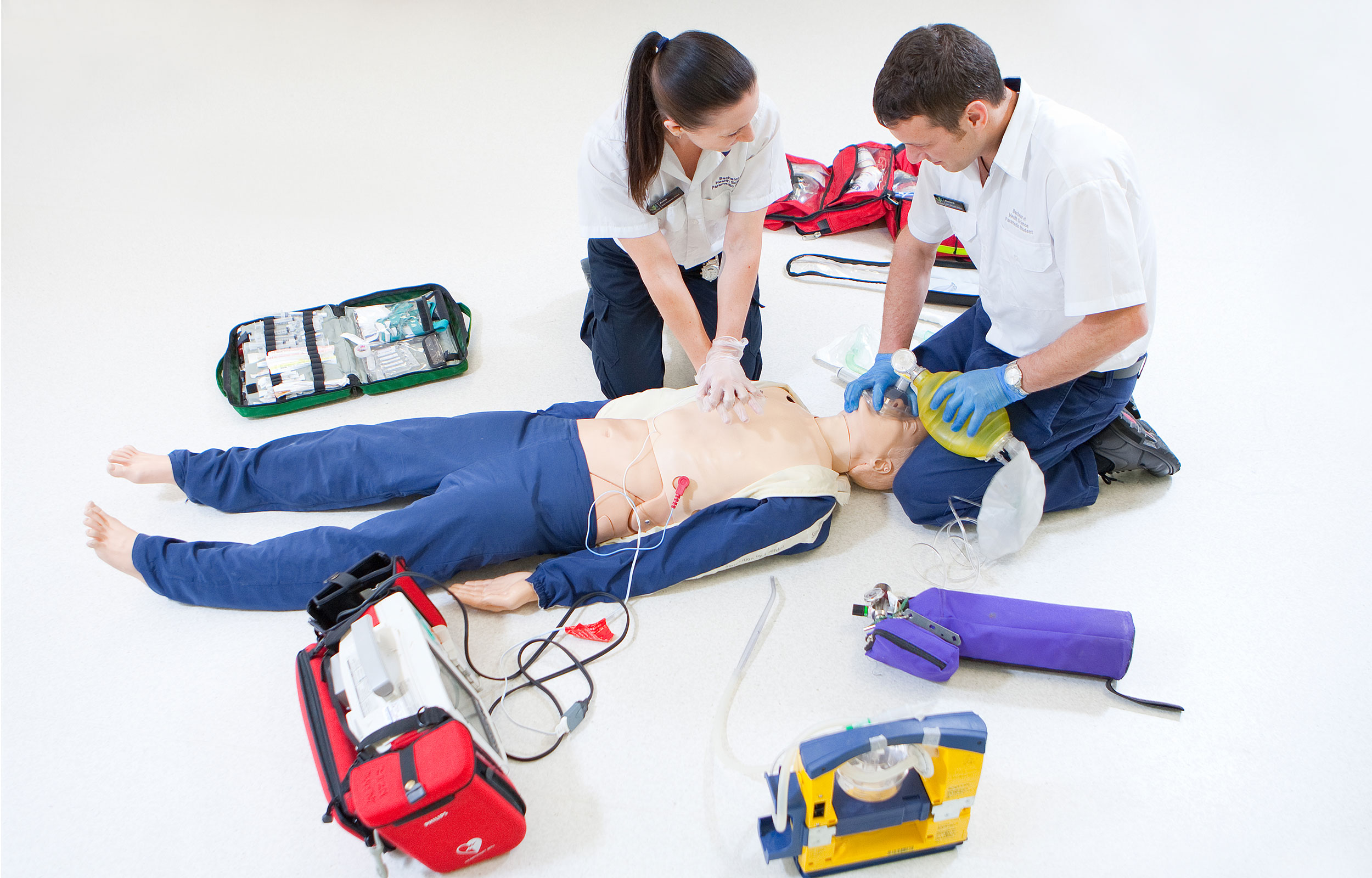The field of emergency medical services is a vital one and a career in it can be extremely rewarding. It is centered around helping people and providing life-saving medical care. If you’re considering being an Emergency Medical Technician (EMT) or getting into the prestigious position of a Paramedic then you’ll be joining an occupation with huge growth prospects and a need for highly trained professionals. This article will guide you through the various steps needed to be an EMT or paramedic. We’ll also discuss the various training options available, such as the approved by the DSHS EMS course.

Understanding the role of EMTs and Paramedics:
Emergency Medical Technicians (EMTs) and paramedics are the first responders to provide immediate medical care during emergency situations. They are trained to assess and take care of patients and transport them to medical facilities where they can receive the treatment they require. EMTs and paramedics play a important role in stabilizing patients during critical times, making split second decisions, and delivering compassionate care in times distress.
Step 1: Become an EMT:
To become an EMT In order to become an EMT, you have to complete the necessary education and training, which can vary depending upon the certification level you wish to achieve. There are three levels to EMT Certification are offered:
1. EMT-Basic: This is a certification for the entry level and will require between 100 and 150 training hours. EMT-Bs are trained to provide basic medical treatment such as CPR, bleeding control, as well as basic airway management.
2. EMT Intermediate (EMT I): EMT I requires additional training that can be different for each state. In certain regions, this level is merged with EMT-B, while in others, it takes between 200-400 hours of education, which includes expanded medical skills and intravenous therapy.
3. EMT-Paramedic (EMT-P) The most prestigious level of EMT certification, EMT-P requires extensive training, typically taking between 1,000 and 1,800 hours. Paramedics have advanced skills in medical procedures like administering medications, reading EKGs and directing airways.
Step 2: Pursuing Paramedic Certification:
To become a Paramedic you have to pass the EMTB and EMTI levels and then gain some practical experience. You then can apply for the paramedic certification program that takes between one and two years. Through the rigorous training, you will learn about advanced medical subjects. Additionally, you will acquire the necessary knowledge and skills to manage critical circumstances.
Learn more about EMT Training Options
You have the option of choosing from a variety of EMT training courses, based on your level of certification. Community medical trade schools and colleges typically offer EMT training for all levels of certification. These programs provide a combination of classroom education as well as hands-on training and experience on the field in clinical environments.
If you’re looking for a thorough and comprehensive EMT course that could give you a degree from an institution like a college or university or college, they might also provide EMT training for the EMT-Paramedic levels. These programs provide a more complete understanding of emergency medical services and give the user a greater understanding of medical decisions and patient care.
Step 4: Make sure you have DSHS-approved EMS training
For students who are interested in becoming EMTs and paramedics, it’s essential to make sure the training program you choose to take is DSHS approved. The Department of State Health Services (DSHS) DSHS accepts EMS Training Courses to guarantee an excellent education. By enrolling in a DSHS approved EMS training course, you can rest assured that you are receiving top-notch instruction and meeting the necessary requirements for certification.
An occupation in the field of EMT or paramedic can be highly rewarding and well-respected. EMTs and Paramedics are first responders who play a vital function in giving medical attention immediately in emergency situations. To embark on this lifesaving adventure, prospective EMTs and paramedics must complete the required training and education programs. Based on the level of certification desired, individuals can choose from several EMT programs, including community colleges, medical trade schools, and universities.
In addition to considering the training options, it’s essential to make sure that the EMS training course is DSHS certified by DSHS. This way, you can be confident that you’re getting a top-quality education that is up to the standards for EMT as well as paramedic certificates.
As the demand for skilled emergency medical professionals is on the rise making it a great time to enter the field of EMS can provide a wide range of opportunities as well as the chance to make an immense impact on lives of those around you. If you begin as an EMT Basic or to become a paramedic your dedication to providing essential health care will result in a fulfilling and purpose-driven career in emergency medical services.